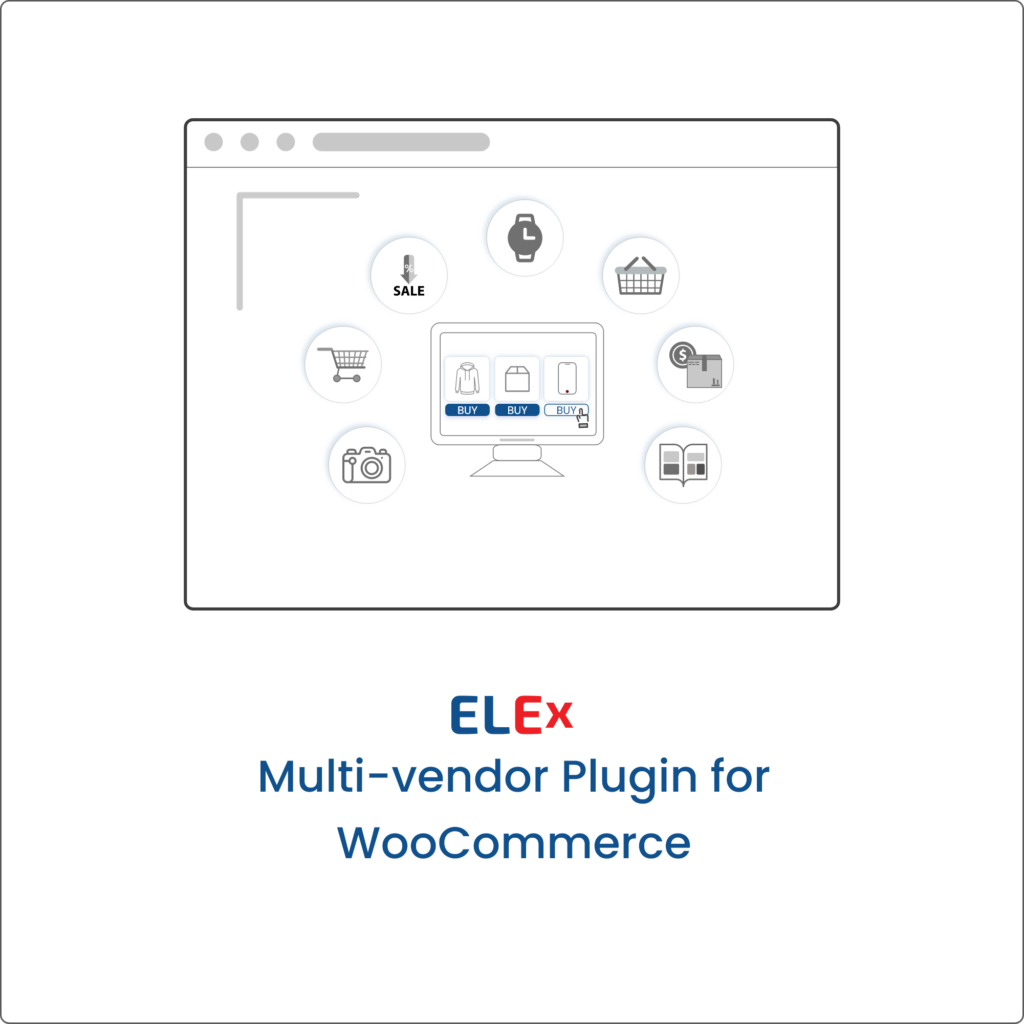A Staging Site plays a vital role in web development as it assures easy and error-free placement of new features, themes, and updates on a live website. It gives the developers the liberty to test out their creations before disclosing them to the world!
This article will give you an extensive overview of Staging sites, their significance, and a step-by-step approach to creating one. So by the end of it, you’ll be equipped with the expertise to completely utilize staging sites.
What is a Staging Site?
A Staging Site is a Clone to your website and it is basically used to test out new features, themes, and all the other updates that you are planning to do on your website.
Since it will always be in offline mode the users won’t be able to see the changes you do to your Site until you push it to your main website.
Your Staging Site is a carbon copy of your website the only difference being that it operates in offline mode.
By making use of a staging site you can ensure that your website will be error-free and of good quality.
What is the need for a Staging Site?
To prevent any errors that would affect user experience, it is very important to try out modifications before implementing them on the live site. This will lead to an improved user experience.
Testing allows developers to evaluate how changes impact a website’s performance including; loading times, responsiveness, and resource utilization.
Optimizing performance ensures that the website provides fast, smooth, and efficient browsing which is important in keeping visitors as well as bettering search engine rankings.
It is much more cost-effective and time-efficient to detect and fix issues during testing than after deployment. Testing helps avoid expensive downtime, emergency fixes, and lost revenue due to critical problems on the live site.
By testing changes, we can ensure compliance with industry standards, regulations, and best practices for data privacy, accessibility, and security. Developers can identify vulnerabilities and weaknesses early enough therefore putting appropriate measures in place for protection against cyber threats while securing sensitive information.
When working with clients on projects where collaboration is involved, it would be wise if one tests their changes before deploying them so that they may review updates confidently. Offering clients a stable error-free website demonstrates professionalism and reliability.
How to Create a Staging Site?
The process of creating a site can vary depending on your website platform and hosting provider. However, here’s a general outline of the common methods:
1. Choose Your Method
- Built-in Staging: Some hosting providers offer built-in staging functionality through their control panel. This is often the easiest option, as it usually involves a few clicks to create and manage your staging environment.
- Plugins/Extensions: Popular content management systems like WordPress have plugins specifically designed for creating staging sites. These plugins automate much of the process and offer additional features for managing your staging environment.
- Manual Creation: For those comfortable with technical tasks, manually creating a staging site using a subdomain or subfolder is possible. This method requires more configuration but offers greater flexibility.
2. Set Up the Staging Environment
Using the chosen method, create the site. This may involve:
- Activating the staging feature in your hosting control panel.
- Installing and configuring a staging plugin.
- Creating a subdomain or subfolder and setting up the necessary server configurations.
3. Copy Your Website
- Transfer your website’s files and database to the staging environment. This ensures your site is an exact replica of your live website.
- Most methods offer tools or instructions for migrating your website content easily.
4. Configure the Staging Site
- Double-check that the site is inaccessible to the public to avoid SEO issues and unintended access.
- Update any necessary settings, such as URLs and database connections, to ensure the site functions correctly.
5. Test and Implement Changes
- With the staging site ready, you can freely test new features, designs, plugins, or code updates without affecting your live website.
- Once you’re satisfied with the changes, you can then migrate them to your live site using the same methods or tools used for creating the staging environment.
Conclusion
In the ever-evolving digital landscape, a staging site acts as a crucial safety net for website owners, developers, and content creators. It provides a secure and controlled environment to experiment, test, and perfect changes before they go live, ensuring a seamless and error-free experience for your website visitors. By embracing the use of a staging site, you can foster innovation, maintain website stability, and ultimately build a stronger online presence with confidence.
FAQ’s
1. Is it possible to have more than one staging site?
This completely depends on your hosting provider or the method you have chosen for setting up your staging site.
2. How to move the change made in the staging site to your live site?
Most of the tools provide the ‘push’ option to move the change made in the staging site to your live site.
3. What are the drawbacks of using a staging site?
The major drawback is the additional cost as some of the hosting providers charge for staging functionality and takes time to update.
4. What is the difference between a staging site and a local development environment?
The staging site is hosted online through the internet while the local development environment will be on your personal computer.



